Is It Possible to Produce a Self-Charging Mobile Phone?

Think about what the future will be like for a moment. How do you think the world will change? How soon will that be?
And what do you imagine will stay the same? Do you think people will still be using smartphones? Will you still need to worry about how much battery life your phone has left?
The idea of a self-charging mobile phone powered by a self charging battery is not a new one. No one likes running out of battery when you can't get to a charger. What happens if there's an emergency and you can't use your phone?
But how realistic is it for phones to charge themselves? Both portable and wireless chargers, including room-scale wireless charging and reverse wireless charging, are now innovations smartphone owners can enjoy. But is it really possible to create a phone that doesn't need a charger?
And what would it take for a phone to be self-charging in the first place? Could RF energy harvesting, kinetic charging, or perovskite solar cells make it possible?
Read on to find the answers to these questions and learn what technologies are already out right now and making this dream come true.
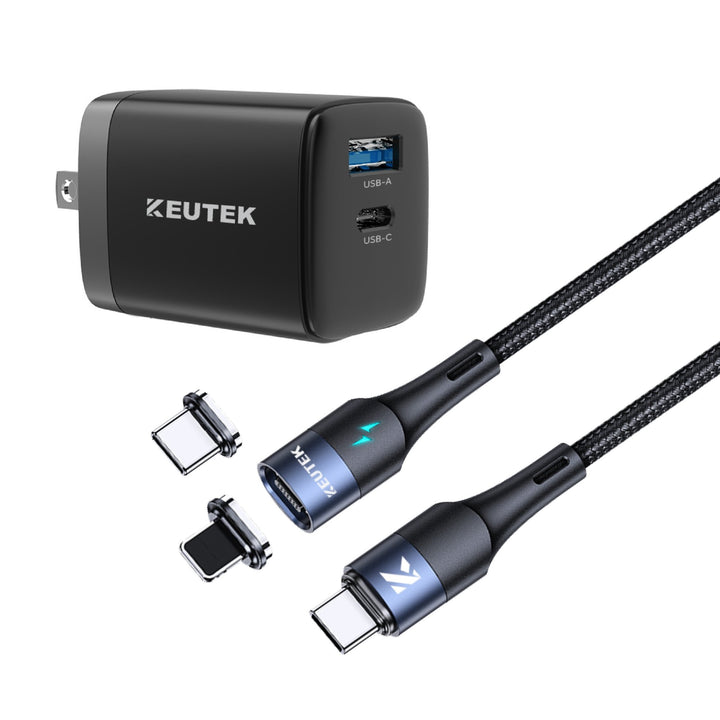
Fast Charging Cable + Wall Charger Bundle
Crafted for heavy everyday use. Fast charges all Apple and Android devices. Charges up to 50% from 0% in 20 minutes. Automatic shutoff protects your device from overcharging.
Shop NowWhat Would It Take to Build a Self-Charging Phone?
For a self-charging phone to be possible there would need to be a mechanism for regenerating the phone's battery faster than it's used. This idea isn't as impossible as it might seem though. Car batteries almost work this way already.
In a car, the alternator charges the battery as you drive. It gets the most energy back when you use your brakes. So by using kinetic energy and triboelectric energy harvesting, it's theoretically possible to charge a battery faster than it drains.
But cars have the advantage of being much larger. There's more room to put extra engine parts in such as an alternator. And even with the alternator charging the battery, they need replacing after a while.
Not to mention that, unlike mobile phones, most cars run on gasoline. You would need that same technology to be smaller and run on a different power source.
The good news is that battery technology is progressing quickly. Each new generation of smartphones offers a longer battery life. New phone chargers are also becoming faster.
However, this form of wireless battery charging still requires a pad that plugs into a wall, limiting its mobility. This works by creating an electromagnetic field between your phone's battery and the power source. However, this inductive charging is still limited to the small area of the charging pad, and the charging pad still plugs into a wall.
But device charging technology is also growing. And new products are on the horizon that may be the first steps towards the dream of room-scale wireless charging and truly self-charging mobile phones.
Can a Self Charging Battery Power the Phones of Tomorrow?
A self charging battery is the core innovation needed to make truly self-powered smartphones a reality. While current devices rely on external power sources like chargers or cases, next-gen batteries aim to store and convert ambient energy—like light, heat, or motion—directly within the device. This would remove the need for constant recharging and redefine mobile power management entirely.
Researchers are experimenting with flexible materials, nanotechnology, and hybrid systems that combine solar, kinetic, and RF energy harvesting. Although we’re still in early stages, these smart batteries could become a standard feature in future smartphones, bridging the gap between power-hungry apps and sustainable energy use. These innovations are laying the foundation for a future where every phone has a built-in battery self-charging system, reducing dependence on outlets or external accessories.

What's Coming Soon?
There are a lot of technology companies around the world that are working to make a self-charging mobile phone. In fact, the technology might be coming sooner than you think. The Wireless Power Consortium has a large database of products that are all considered cordless, and some of these might be the key to self-charging phones.
The following are all the ways that tech companies are hoping to create a self-charging phone.
RF Energy Harvesting: Charging Phones Using Radio Waves
Some technology companies are looking at turning radio waves into energy for your smartphone. This technology is already on the market.
Nikola Labs has released a protective case that actually plugs into your phone to charge it. The case works by capturing nearby radio waves that aren't vital for the phone's communication processes. It then converts those into energy for your mobile phone.
Unfortunately, the technology is still very new. It doesn't eliminate the need for chargers yet. As of right now, it only extends the standard cell phone battery life by about twenty-five to thirty percent.
You might have also noticed that it isn't the phone itself that's self-charging. Instead, it relies on a case that works much like a portable battery pack.
Nikola labs are currently working with smartphone makers to get this technology inside the phones themselves rather than just their cases. You can expect to see this technology put to wide usage within the next few years. At the very least, you should start to see
You can also expect that Nikola labs will also be working hard to continue improving this technology. The better this technology gets, the more practical it will be for real-world usage. This means that within the next few decades, you might be seeing mobile phones that charge themselves using radio waves.
Solar Charging: How Phones are Using Light to Recharge
Another look at the self-charging future of your smartphone battery comes from watch-makers. There have been watch companies that have been boasting products that never even need a battery. But how is that possible?
These watches get their power from light. This goes beyond solar power because the watches charge using any light they're exposed to. That means that even your bedside lamp charges these watches for you.
But phones have a lot more parts and functions to power than a watch does. The good news is that this technology can maybe keep up with that demand soon.
Sunpartner Technologies in France is working on that right now. They have created a thin see-through layer of small solar cells that sits inside of the phone's screen. This sends power to the phone whenever it gets exposed to light.
This layer sits between the glass and the touch-screen of the phone. It won't interfere with touch sensitivity nor visibility of the screen.
But this technology is also still very new. In 2015, it was found that this technology would increase the battery life of a smartphone by about ten to fifteen percent.
Despite this, Sunpartner Technologies is working with smartphone developers to install this technology into new phones. You should also be starting to see this feature become mainstream within the next few years.
This technology is already in use in Tag Heuer's Infinite. However, this is not a smartphone. It works for texting and calling people, but it has no internet access.
Smartphones have a lot more functions that need to be accounted for than that. So there's a long way to go before everyone's devices run on solar power.
Kinetic Charging: Powering Phones with Your Movement
This power source is worth noting because of the creativity behind it. It works on a similar concept as charging your car battery. As of right now, this doesn't technically make a phone self-charging as it requires a separate device.
However, it's a massive innovation in wearable technology that can help make your phone battery last longer.
It's much larger than the other technologies that have been discussed so far. But this device made by Ampy is designed to strap on to your body so that it moves with you. Inductors inside the device charge up a battery as you move during activities such as running or biking.
After that, your phone needs to connect to it separately to receive the energy from the device. This is why it's not technically self-charging yet.
However, these devices might be the most efficient way for people who walk a lot to charge their phones without needing a charger. They produce the most energy out of the options discussed so far.
The main drawback is that it isn't practical for the general population. This device takes about an hour of exercise to provide enough charge for an hour of normal cell phone usage. That kind of constant exercise isn't convenient to the general population.
And finally, Ampy will need a way to install the same technology in smartphones before it can be considered self-charging.
hermal Energy Charging: Can Heat Really Power Phones?
Thermal energy is probably going to be the most difficult method of self-charging possible. It's no secret that hot temperatures tend to make your phone's battery life shorter, not longer. But heat can be used as a power source to charge the battery.
Heat makes atoms and their electrons move faster. This energy can be captured and used fairly easily. A good example of this is steam power but even fossil fuels have to be burned to produce energy.
Just like most energy sources, the energy from it can either be used to charge the phone's battery immediately or stored for later use. However, this technology is the furthest behind of all the possible energy sources. It simply doesn't have the capabilities that solar power or radio waves can have.
In other words, while you may see some portable charging options that use thermal energy in the future, chances are that other technologies are going to come forward that are more reliable and efficient.

Fast Charging Cable + Wall Charger Bundle
Crafted for heavy everyday use. Fast charges all Apple and Android devices. Charges up to 50% from 0% in 20 minutes. Automatic shutoff protects your device from overcharging.
Shop NowYou Still Need to Charge Your Phone For Now
Self-charging mobile phones have been the dream since shortly after Apple released the iPhone in 2007. But for now, your smartphone battery will still need to be charged either by a wireless charging pad or by a cord.
So in the meantime, you can take care of all of your devices' charging needs right here at Keutek. We have the best products on the market for charging your phone, so check out our selection and keep your phone's battery charged today. While we wait for next-gen batteries to become mainstream, you can still upgrade your charging speed with our Keutek fast-charging bundle. We offer some of the most reliable charging solutions on the market—so you can keep your phone powered up anytime, anywhere.
Frequently Asked Questions-FAQs
What is RF energy harvesting in smartphones?
Collects ambient radio waves (Wi‑Fi, cell towers) to partially recharge devices—currently extends battery by ~25–30%.
Can solar panels truly charge a phone full-time?
Perovskite solar layers currently offer up to ~10–15% extra battery indoors; case-based solutions can deliver ~2 W in bright sunlight.
What is room‑scale wireless charging?
Researchers use magnetic coils in rooms to create fields that charge devices anywhere within the space.
Are there health risks from wireless charging?
High-intensity far-field RF or microwave beams pose regulatory and safety limits; short-range is generally safe.
When will self‑charging phones be mainstream?
Expect hybrid phones using solar or RF within 2–3 years; room-scale and kinetic integration may take 5+ years to mature.
Are self-charging batteries possible?
Yes, self-charging batteries are being developed using technologies like RF energy harvesting, kinetic movement, and solar layers. While not fully mainstream yet, they show real promise for the near future.
What kind of battery never needs charging?
Some devices use solar or kinetic energy to keep their batteries topped up automatically, making them seem like they never need charging. However, they still rely on external energy sources like light or motion.
Can you charge a battery by itself?
A battery can’t charge itself entirely on its own, but it can be part of a system that captures ambient energy—such as heat, movement, or radio waves—to recharge without a wall plug.


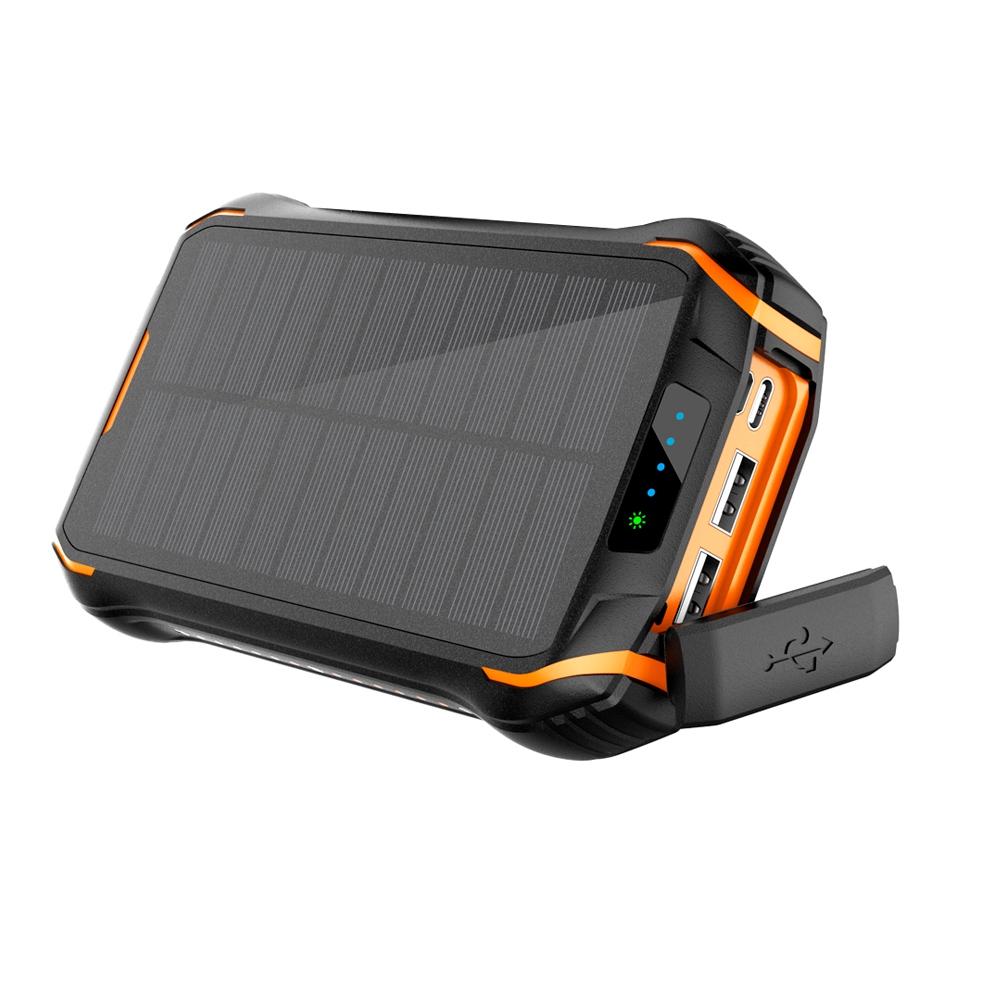
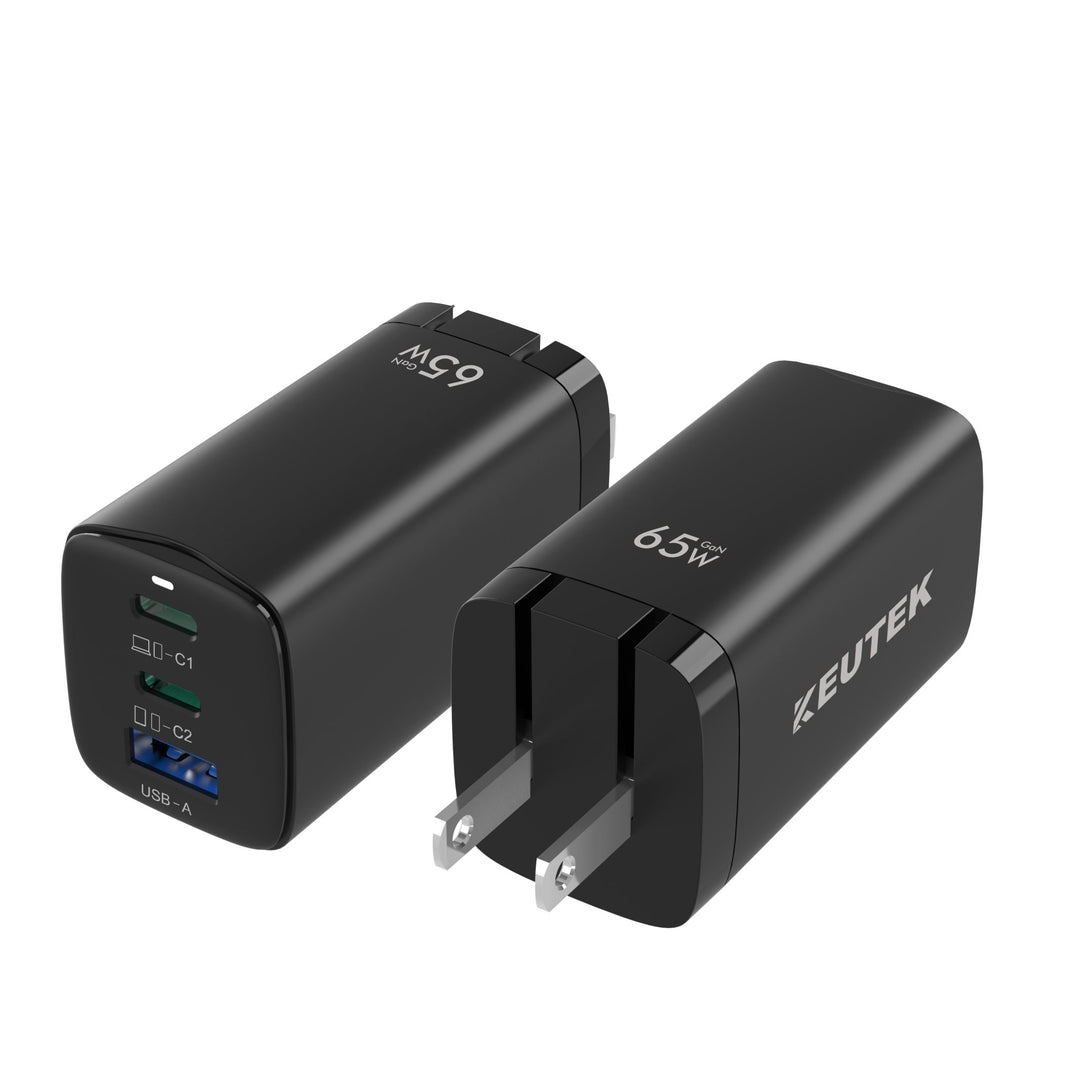
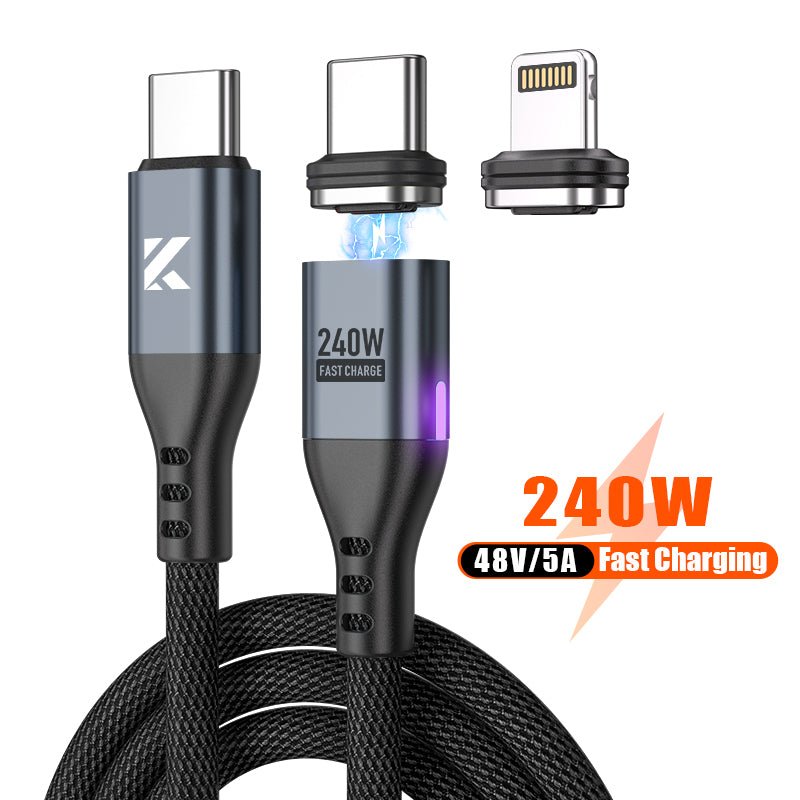

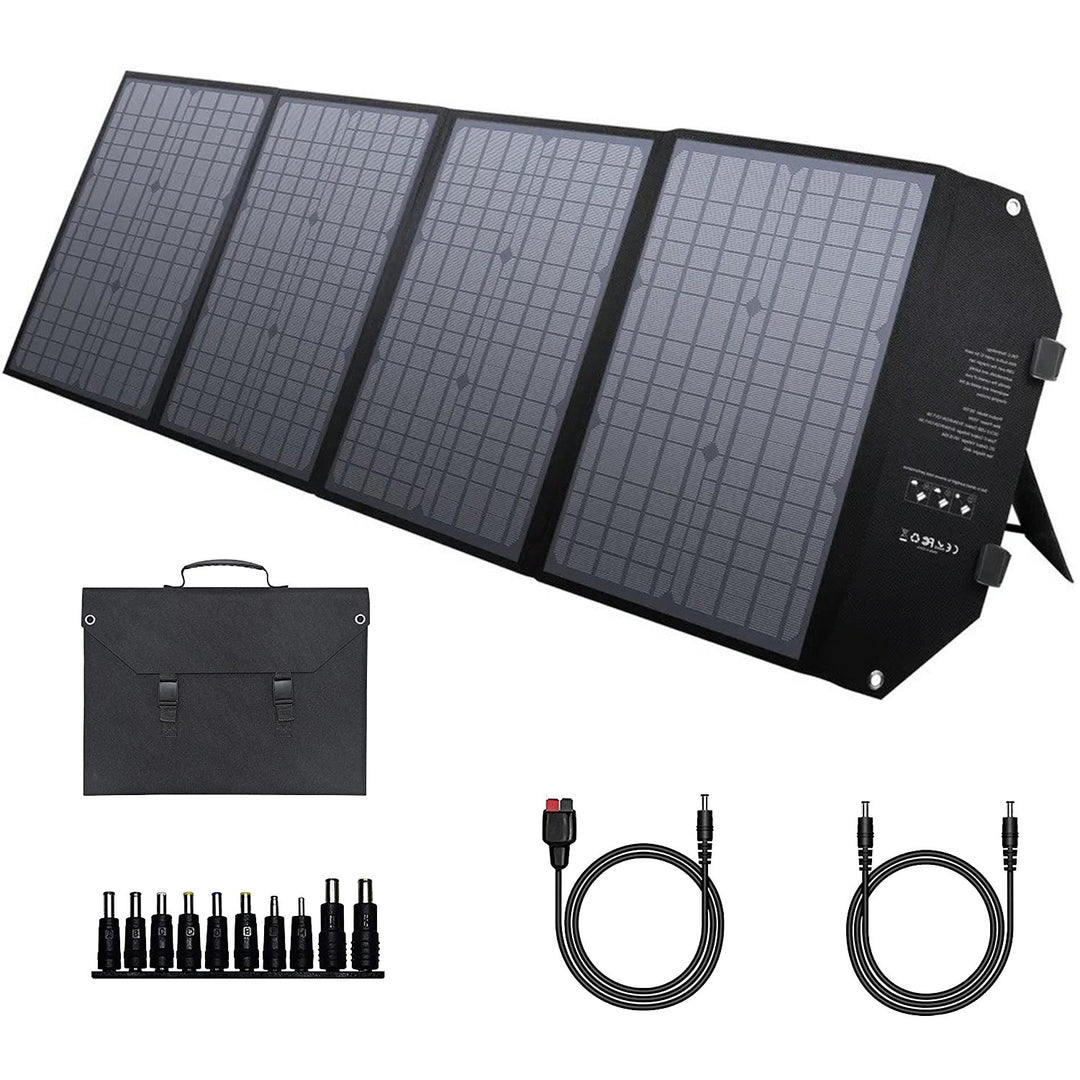
Leave a comment